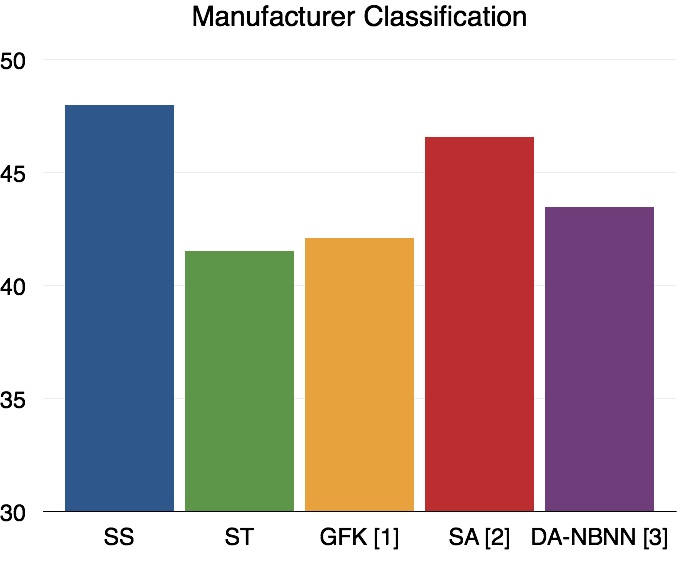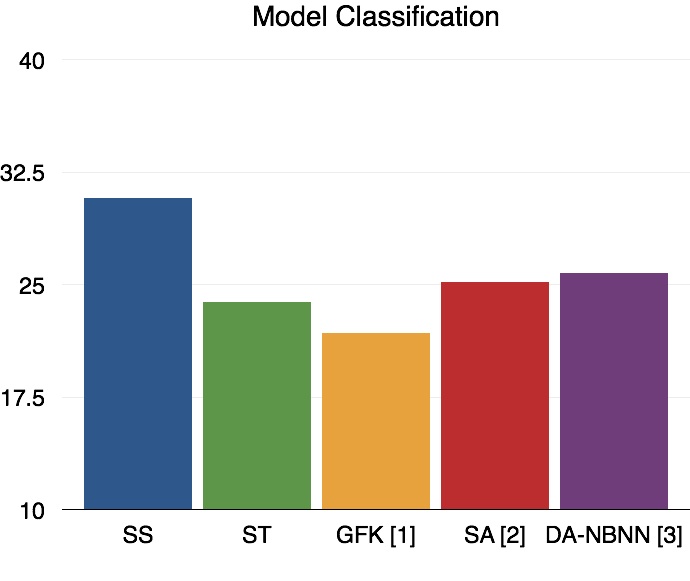DOES EVOLUTION CAUSE A DOMAIN SHIFT?
Konstantinos Rematas Basura Fernando Tatiana Tommasi Tinne TuytelaarsTo appear in VisDA Workshop, in conjunction with ICCV 2013, Sydney, NSW.



Abstract
Domain adaptation methods aim at building classifiers that are robust to mismatched distributions in training and test. In computer vision such a mismatch can have several causes. Some are related to the image acquisition process like differences in the camera quality, variations in background, viewpoint and illumination conditions. Others depend on higher level changes like moving from painting or sketches to real pictures of the same object or scene. One further possible cause of domain shift that has not been studied yet is the design variation over time. For instance, think about what we call telephone today and its evolution in terms of visual aspect since the beginning of the 20th century. The same happens for fine-grained object categories like cars. Many contemporary car models are the successors of models that were introduced decades ago and still keep the same name, despite the change in appearance . Here we focus on this domain shift and we analyze how the state of the art domain adaptation methods perform over it. For this purpose we defined a new testbed by collecting a car evolution dataset.
Results
 |
 |
[1] Geodesic Flow Kernel for Unsupervised Domain Adaptation, B. Gong, Y. Shi, F. Sha, and K. Grauman
[2] Unsupervised Visual Domain Adaptation Using Subspace Alignment, B. Fernando, A. Habrard, M. Sebban and T. Tuytelaars
[3] Frustratingly Easy NBNN Domain Adaptation , T. Tommasi, B. Caputo
This work was supported by the ERC grand Cognimund |
 |

